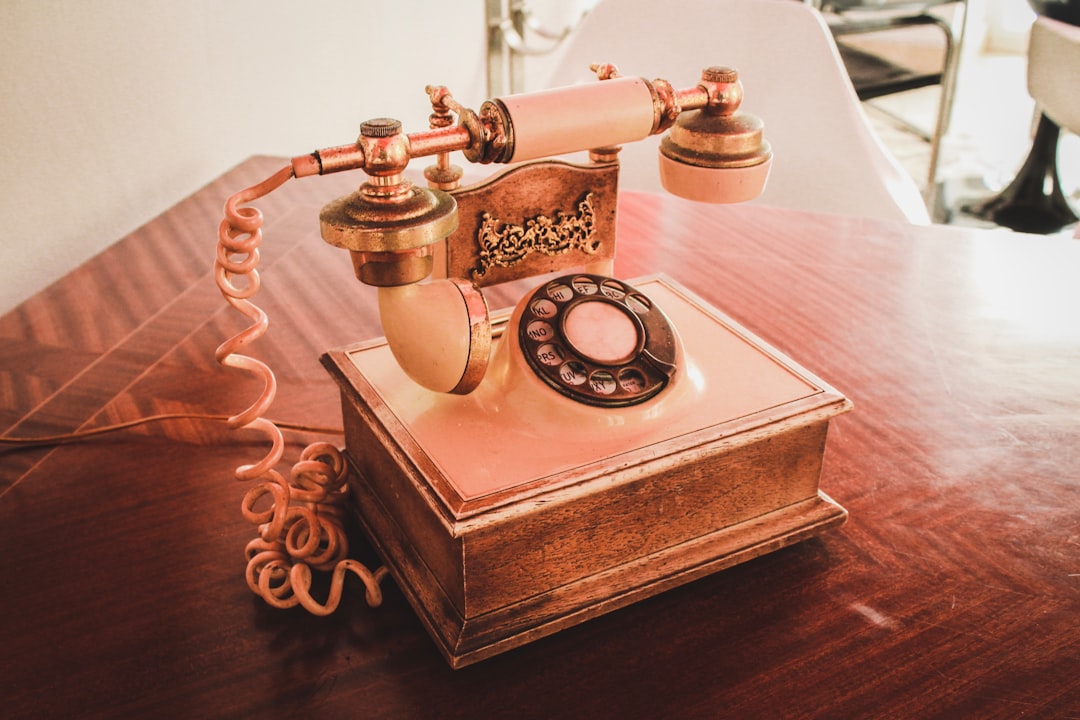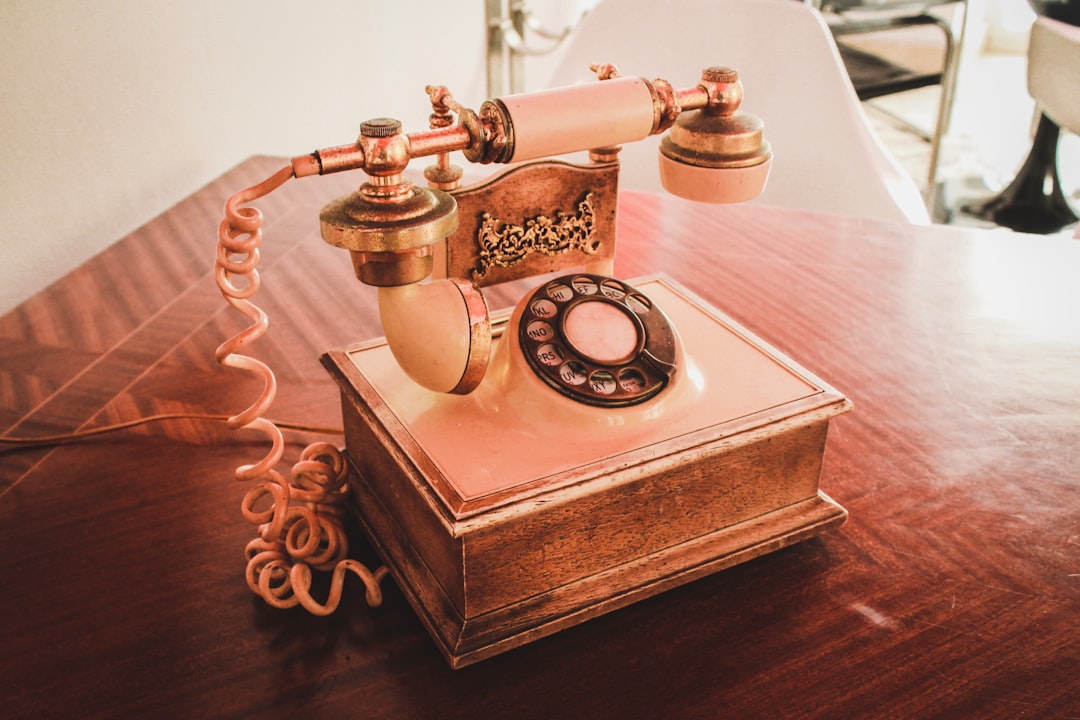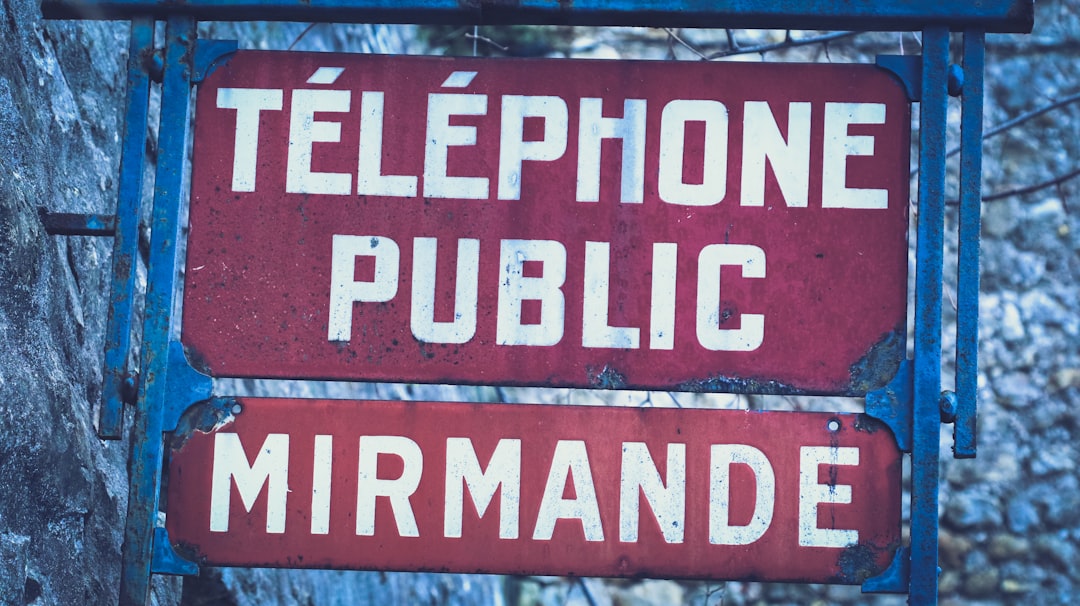Spam calls are a significant issue in Minnesota, prompting local governments to educate residents on prevention methods. By enrolling in Do Not Call lists and utilizing advanced blocking technologies, Minnesotans can protect themselves from intrusive telemarketing and potential fraud. The state employs regulatory measures through the Public Utilities Commission (PUC) and leverages machine learning for effective spam call reduction. Community engagement is vital; workshops and online platforms help tailor solutions. A comprehensive strategy combining technology, education, and regulation is key to creating a 'How to Stop Spam Calls Minnesota' safety net.
Spam calls, a persistent nuisance across the nation, have particularly impacted Minnesota residents. This article explores the effects of these unwanted calls on local government operations and offers insights into how Minnesota communities are navigating this modern challenge. From understanding the sources to implementing prevention strategies, we delve into effective measures that can help curb spam calls. Additionally, we discuss community engagement as a crucial element in finding long-term solutions for a quieter and safer Minnesota. Learn how you can contribute to stopping spam calls in your state.
Understanding Spam Calls: The Minnesota Context

Spam calls, or unwanted telemarketing calls, are a widespread issue affecting individuals and businesses across Minnesota. These calls can be particularly annoying, but they also pose significant challenges for local governments, as they often serve as a vector for fraud and privacy breaches. In the digital age, scammers have found new ways to target residents, using automated technologies to make bulk calls with pre-recorded messages.
To combat this growing problem, Minnesota’s local governments are encouraging citizens to take proactive measures. One effective strategy is to register on Do Not Call lists, which can be done through state and federal databases. Additionally, leveraging technology to block or filter these calls can significantly reduce their impact. Residents of Minnesota can explore various tools and apps designed specifically to address spam calls, offering a layer of protection in their daily lives.
Impact on Local Government Operations and Resources

Spam calls, particularly those from telemarketers and scammers, pose a significant challenge for local governments in Minnesota. The constant influx of unwanted calls not only disrupts government operations but also strains their resources. Public servants, already tasked with numerous responsibilities, often find themselves diverting time and energy to deal with these nuisance calls. This can lead to reduced efficiency in handling critical civic issues, from public safety measures to community development projects.
To mitigate the impact of spam calls, Minnesota residents have several options available. Implementing robust do-not-call lists and utilizing advanced call blocking technologies are effective strategies. Encouraging citizens to report suspicious or harassing calls can also aid local governments in identifying trends and allocating resources more effectively. Additionally, educating the public on how to recognize and avoid falling victim to spam calls is crucial in reducing the overall volume of unwanted communications.
Existing Measures and Prevention Strategies

Minnesota, like many states, has implemented several measures to combat spam calls and protect its residents. The state’s Public Utilities Commission (PUC) plays a pivotal role in regulating telemarketing practices, ensuring that businesses adhere to strict guidelines. One effective strategy is the Do Not Call Registry, where individuals can register their phone numbers to prevent unsolicited calls. This registry is a powerful tool for Minnesota residents to reclaim control over their communication.
Additionally, advanced technology offers robust solutions to filter and block spam calls. Many phone service providers in Minnesota utilize machine learning algorithms and AI-powered call blocking systems to identify and automatically redirect unwanted calls. By combining regulatory efforts and technological advancements, How to Stop Spam Calls Minnesota becomes a multifaceted approach, aiming to create a quieter, more peaceful environment for citizens.
Community Engagement and Future Solutions

Community engagement is a vital tool in combating spam calls and developing effective solutions tailored to Minnesota’s unique context. Encouraging residents to participate in local government initiatives can lead to innovative strategies to mitigate this growing issue. By organizing workshops, town halls, and online forums, local officials can gather firsthand insights into the impact of spam calls on various communities. These platforms allow citizens to share their experiences, propose ideas, and collaborate on potential remedies.
Future solutions should focus on a multi-pronged approach, combining technology, education, and regulatory measures. Implementing robust anti-spam call tools, such as call blocking apps and advanced filtering systems, can empower individuals and businesses. Additionally, raising awareness through public campaigns can teach residents how to identify and report spam calls effectively. Collaborating with telecommunications providers to develop localized strategies will also be essential in creating a safer and more responsive communication environment for Minnesota’s citizens.






